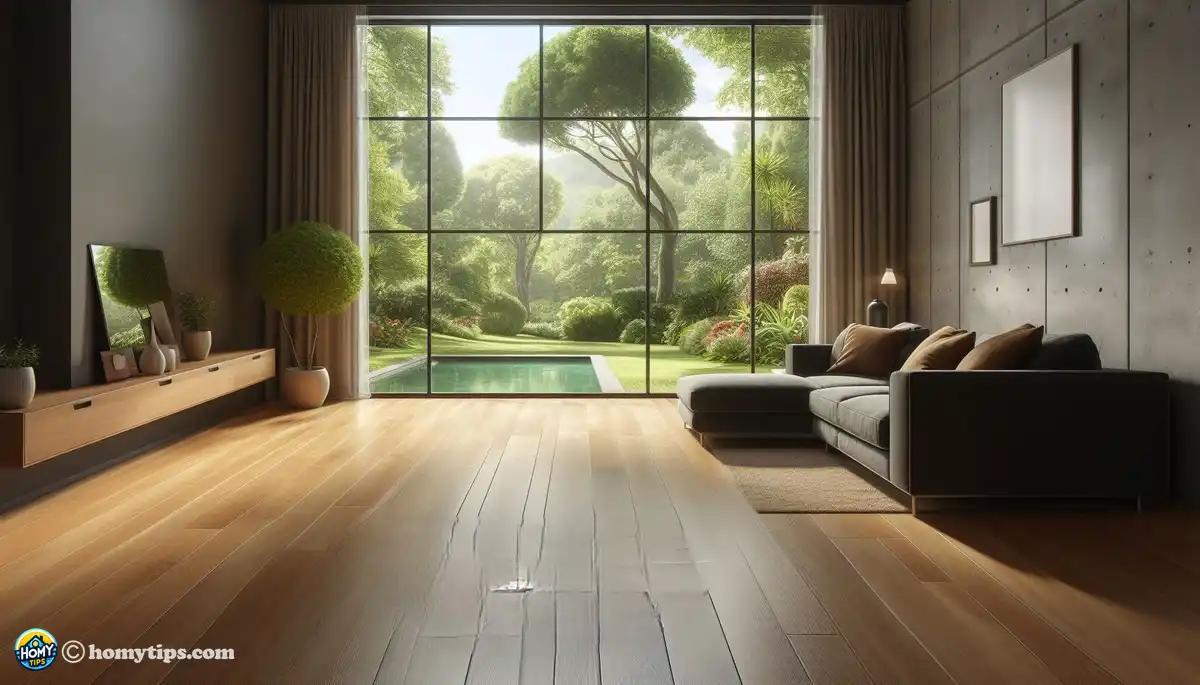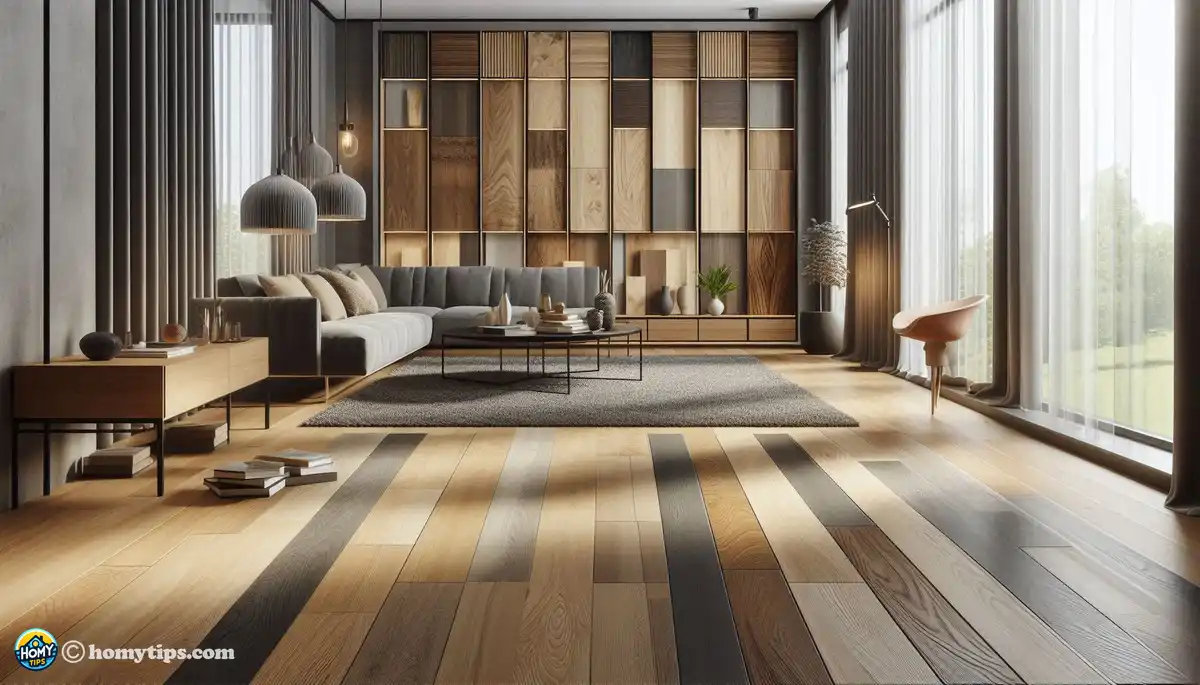
Laminate Flooring: The Ultimate Guide to Elevating Your Home Décor
Molly Raynor - Nov 16, 2024 - 7 min read


Solid hardwood flooring is an option that will never get old because it adds that warmth and elegance to space. Being an entire piece of wood, this floor can be sanded and refinished a number of times, so it will last for decades in extremely high-traffic areas.
When you are deciding on choosing the solid hardwood flooring, be sure that you pick a type of wood you'll want for your house. The option is either Oak, maple, or cherry because these types are so durable. These hardwood display different patterns of grains and color variation; thus take your time and get some options for your house based on how you want them to look like.
Engineered hardwood flooring features a real hardwood layer on the top, but it comes from layers of wood, pressed together. This results in greater resistance to moisture and temperature fluctuations, suitable for basements and kitchen floors where solid hardwood does not perform as well.
The main benefit of engineered hardwood is its flexibility. It can be installed in places where solid hardwood cannot be installed, such as below grade or over concrete subfloors. Also, engineered hardwood comes in a lot of different styles, finishes, and types of woods, so you can pick the perfect look for your house.
Hardwood flooring should be determined by your lifestyle and the durability level you require. Busy households with little ones and pets would require hardwood that can withstand scratches and dents. Look for hardwood species with a high Janka hardness rating, like oak or hickory, as they resist wear and tear more efficiently.
Another consideration is the maintenance needs of different hardwood flooring. Solid hardwood is often more high-maintenance and demands frequent sweeping, vacuuming, and sometimes refinishing. Engineered hardwood is often easier to maintain since it is less sensitive to moisture and temperature changes.
For solid hardwood flooring, the first things to consider when choosing such flooring are your budget against the long-term value you will derive from your investment. Solid hardwood is the most expensive hardwood flooring available, but its lifespan if well maintained is up to decades. So, its value in home resale increases with time.
Installation cost has to be added into your budget for the project, other than the cost of the hardwood itself. Installation cost varies depending on the kind of hardwood to be used, the subfloor condition, and any other work to be done.
Hardwood flooring comes in many different styles and finishes-from traditional to modern. Traditional styles, such as oak or maple with a smooth finish, lend an elegance to any space. On the other hand, modern styles, such as wide-plank flooring with a matte finish, provide a sleek and contemporary look.
When choosing hardwood flooring, look for the color and the grain pattern that would reflect well with your home style. Lighter woods make the space brighter and expansive; darker woods such as walnut or mahogany introduce a richness and warmth effect. The grain pattern might vary from straight and parallel to more irregular and almost rustic, so it has a style that appeals more to you.
Nail down techniques involve nailing the wooden planks directly to the subfloor. It can only be applied on hardwood as a traditional method but usually requires plywood or OSB as a subfloor during its installation.
One of the most popular methods of installing engineered hardwood flooring is through a floating installation by which planks are assembled to each other rather than to the subfloor. This is more convenient and faster to install than using nails. It is also preferable for rooms with moisture levels or temperature changes.
Consider the environment from which the hardwood floor is sourced. Select wood that has received a certificate from agencies like FSC, which guarantees managed forests and adverse environmental damage.
Hardwood flooring can also make your home more energy-efficient. The natural insulating properties of wood keep a home warm in winter and cool in summer. Additionally, locally sourced hardwood will minimize transportation-related environmental impact.
Prior to making a final decision, it is extremely important to see samples and swatches of different hardwood flooring options in your home. It will give you an opportunity to see how the flooring will look under different lighting conditions and how it will match your existing decor.
You should consult experts in flooring or an interior designer if you are still unsure about which hardwood flooring option is suitable for your home.
The right hardwood for your home will depend on the durability, style, budget, and environmental consideration. Having knowledge of what is available and then assessing your needs will make it easier to know which hardwood is suitable enough to enhance the beauty as well as value of a home for several years from now.